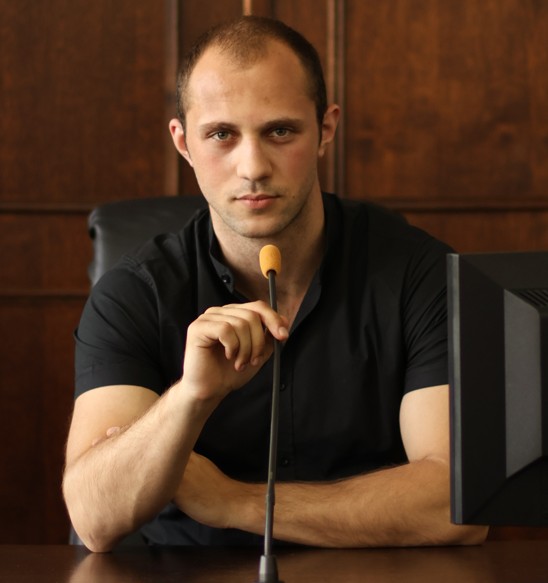Cloaking your URL is important for the success of your affiliate marketing endeavours because it makes your link more user-friendly, simple, and memorable. Failing to cloak your links can make them appear suspicious and potentially harmful to visitors, which can negatively impact your affiliate program. That’s why you’re going to need good cloaking services. Here, we compiled a top-list of cloaking services most suitable for affiliate marketing!
-
1

Deep filtering customization
Good for Facebook, TikTok, MyTarget, and some others
Provides detailed statistics -
2

Designed for Finance, Insurance, e-Commerce, and iGaming niches
Supports 100+ GEOs
The team of experts optimizes advertising networks for clients and analyzes audience behavior across more than 20 parameters


